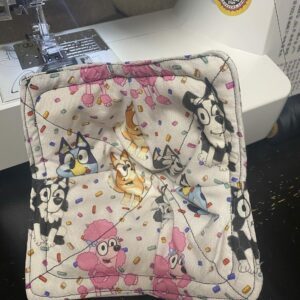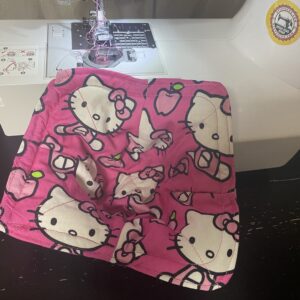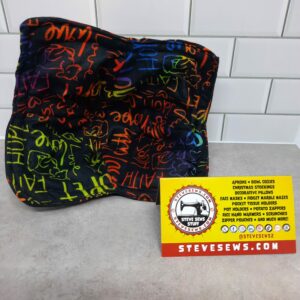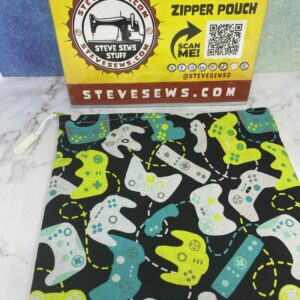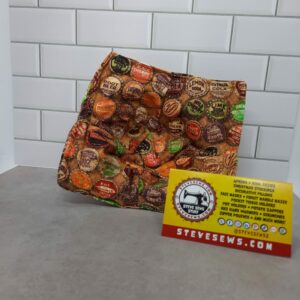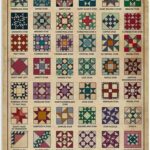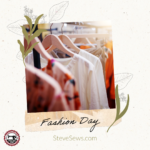Why Are Women’s Buttons on the Left? A Historical Perspective – Have you ever wondered why women’s clothing typically has buttons on the left side, while men’s clothing has them on the right? This seemingly small detail in fashion design has a rich history and cultural significance that dates back centuries. In this blog post, we’ll explore the reasons behind this intriguing phenomenon and uncover the historical context that led to the placement of buttons on the left side of women’s garments.
Why Are Women’s Buttons on the Left? A Historical Perspective

The Evolution of Clothing
To understand why women’s buttons are on the left, we must first delve into the evolution of clothing. In ancient times, both men and women primarily wore garments like tunics, robes, and cloaks. These early garments were often draped rather than tailored, and they lacked buttons altogether.
As clothing evolved, particularly during the Middle Ages, buttons became essential for securing garments. However, the way buttons were used differed between men and women.
The Right-Handed Tradition
One significant factor contributing to the placement of buttons on women’s clothing can be traced back to a historical tradition rooted in the idea of gender roles. During the 17th and 18th centuries, it was customary for women of higher social classes to have maids or dressers to help them get dressed. These attendants were usually right-handed, and they found it more convenient to fasten buttons on the left side of the wearer.
For men, on the other hand, the convention was to dress themselves. Placing buttons on the right side of men’s clothing allowed them to use their right hand, which most people are dominant with, for ease of buttoning.
Practicality and Modesty
Another reason for this design choice was related to practicality and modesty. Women’s fashion in the past often involved intricate layers, corsets, and tight-fitting bodices. Placing buttons on the left allowed women to be dressed by someone else while maintaining their modesty, as the right hand was associated with strength and capability.
Changing Trends
As time passed, clothing styles and societal norms evolved. With the rise of women’s suffrage and the feminist movement in the late 19th and early 20th centuries, fashion started to change as well. The strict adherence to gendered clothing norms began to loosen, and unisex designs became more common.
Today, while many women’s garments still feature buttons on the left, fashion has become more inclusive and gender-neutral. Modern clothing design is less bound by traditional gender roles, and the placement of buttons is no longer a strict indicator of a person’s gender.
Conclusion
The placement of buttons on the left side of women’s clothing is a fascinating historical relic that reflects centuries of cultural norms and traditions. While it may seem like a minor detail, it offers a glimpse into the evolving roles and expectations of women throughout history. As fashion continues to evolve, we can expect to see more gender-neutral designs that challenge these traditional norms, reminding us that clothing should be a reflection of personal style rather than prescribed gender roles.
Learn more about buttons:
- Count Your Buttons Day
- Cute as Buttons
- Hurray for Buttons Day
- Not the Gum Drop Buttons
- Types of Buttons
- Why Are Women’s Buttons on the Left?
Upcoming Events
This is a list of the upcoming events that Steve Sews will be at. If you know of one in the East Tennessee area, let me know.
None at this time. Check back later.
Meet …
Meet the staff and/or equipment for Steve Sews.
- Brother Stitch (Current Sewing Machine)
- Forge (Circuit)
- Interns
- Lovees (Stuffed Animals)
- Mendi (My Wife’s Sewing Machine)
- Rosie (Antique Sewing Machine)
- Steve (Steve himself)
- The Masked Bandit (Steve’s older Sewing Machine)
- Trainees
- Van the T-Rex (Helper)
- Zee (Face Mask Model)

SUBSCRIBE TODAY!
Don’t miss a single blog post about sewing, quilting, crafts, and recipes! Plus so much more!
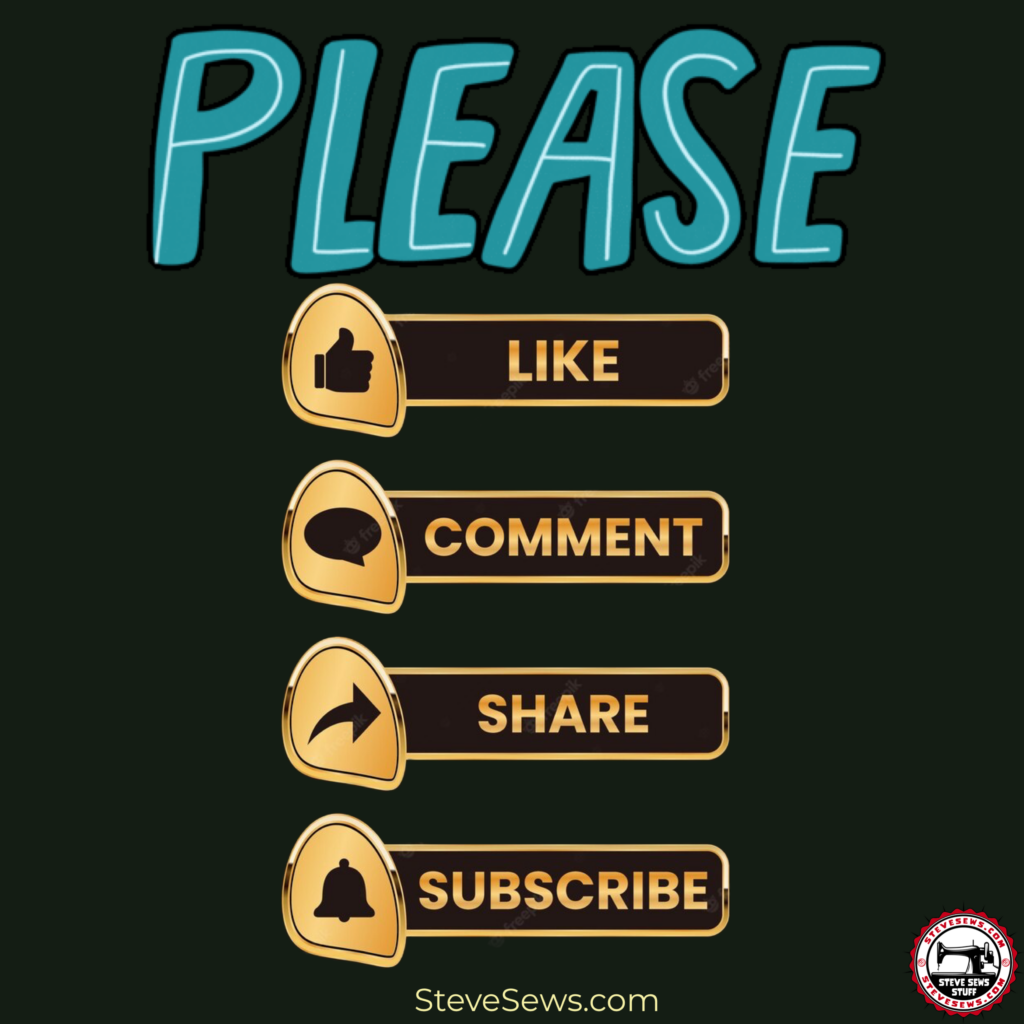
Follow on WordPress
Follow Steve Sews Stuff on WordPress.comFollow Steve Sews Stuff on Social Media:
You can also choose to follow Steve Sews Stuff on social media as well. (@SteveSews2)
Below are some examples of blog entries from all blogs that I do. (Courageous Christian Father, Steve Sews Stuff and SteveZ DesignZ).
Recent Feed of All of Steve’s Blogs
Recent Posts on Steve Sews
Below is a list of the most recent blog posts found on Steve Sews for you to check out.
Clipart: Unsplash, Pixabay, Pexels, Openverse, Adobe Express, Adobe Stock, FreePik, MetroCreative, Wonder AI, Algo AI and more. This site uses Amazon Affiliate Ads & Google Ads.




